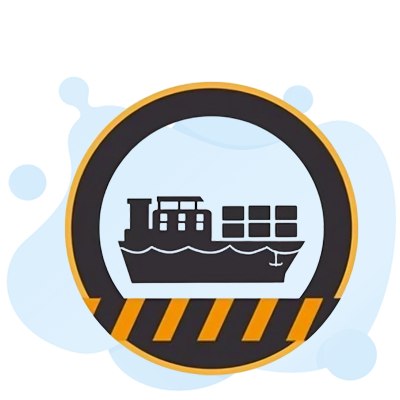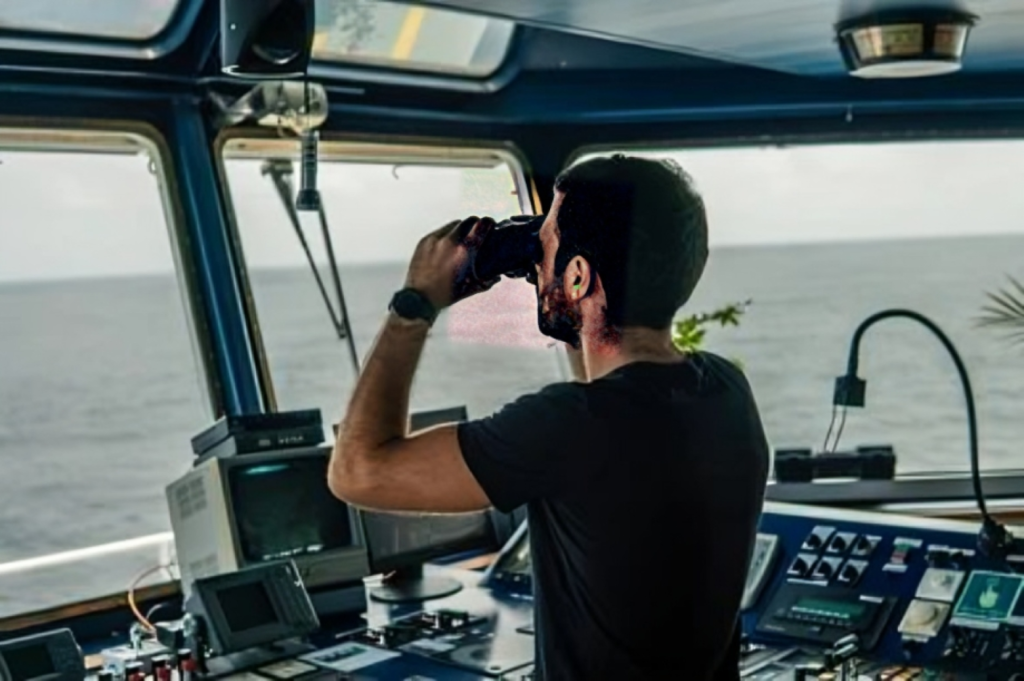GMDSS (Global Maritime Distress and Safety System) Test

The GMDSS (Global Maritime Distress and Safety System) test checks how well sailors use special maritime communications gear. This gear is for sending out distress alerts and talking with other ships for safety. It sees if they know how to use important tools like NAVTEX receivers, Inmarsat terminals, EPIRB beacons, SART transponders, and DSC radios. They need to be good with this tech to follow the rules about keeping at sea safe and sending out emergency signals right.
Passing the GMDSS test shows sailors are skilled in handling emergency radio procedures. It shows they understand GMDSS certification requirements and can work with maritime radio equipment. They prove they’re up to the mark for working on ships according to international maritime conventions and seafarer competency standards.
Free GMDSS Practice Test Online
Key Takeaways
- The GMDSS course is based on a 70-hour in-person training program.
- The written examination consists of 50 questions and requires a passing score of 70%.
- Trainees have 3 attempts to pass the exam, with a $50.00 retake fee for failing all 3 attempts.
- The course is approved by the USCG STCW and Dominica/International STCW standards.
- Completion of the GMDSS course satisfies specific GMDSS training requirements of 46 CFR regulations.
Introduction to GMDSS and Its Requirements
The Global Maritime Distress and Safety System (GMDSS) helps make sea travel safer. It’s a set of rules and tools known worldwide. GMDSS gear lets ships and aircraft in trouble signal for help. This boosts the chances of rescuers hearing the call.
This system was put together by the International Maritime Organization (IMO). It’s an agency of the United Nations concerned with sea safety and clean air. The IMO made it a must for certain ships to carry GMDSS gear. They did this in the late 1980s. By 1999, almost all ships had to have it.
GMDSS Operational Areas
The GMDSS considers worldwide waters in four main parts. It checks how well radio signals and emergency alerts work at sea. These are Area A1, A2, A3, and A4. What GMDSS equipment a ship needs depends on where it sails.
Required Equipment for GMDSS Vessels
GMDSS-ready ships must have special gear. This includes a VHF radio and a distress signaling system. They also need items like a SART and a radio for emergency boats. A NAVTEX and an Inmarsat EGC come in handy too. For some areas, ships require more equipment, like an MF or HF radio.

GMDSS (Global Maritime Distress and Safety System) Test
U.S. Coast Guard STCW Certification
In the United States, the U.S. Coast Guard ensures people know the international STCW rules. This is for those leading navigation watches on ships with GMDSS tech. They have to finish a 70-hour course that the Coast Guard approves. When they pass, the Coast Guard will show they’re okay to use GMDSS on their certification.
FCC Licensing Requirements
The FCC says GMDSS-certified boats must have two radio operators with the right license. These two must pass exams called FCC Element 1 and Element 7. This is to make sure they know how to operate and maintain radio systems properly.
Element 1 Exam
The FCC Element 1 test checks if you know basic radio rules and how to run a radio safely on a ship. To pass, you need to answer at least 18 out of 24 questions right.
Element 7 Exam
The Element 7 test is more detailed, focusing on GMDSS. It covers the specifics of radio operations on ships. You need to show a deep understanding of various systems to pass. Getting 75 out of 100 questions correct is the target.
Conclusion
The GMDSS (Global Maritime Distress and Safety System) test is very important for sailors. It checks if they know how to use maritime communication gear. This is for safety and distress calls at sea.
Passing this test shows a sailor is good at using emergency radio. Also, they understand GMDSS rules and how to operate radio equipment. All according to global seafaring standards.

This test looks at the whole GMDSS system. It talks about the equipment needed, U.S. Coast Guard certifications, and FCC licenses. Sailors learn everything they need to know about radio communications during emergencies and normal times at sea.
The GMDSS helps avoid maritime accidents by fast distress communication. It also gives accurate location info for rescue missions. Plus, it helps protect the environment. Fast communication can stop potential ecological harm.
Surveying GMDSS radios the right way makes sure they work well and meet all standards. This keeps sailors and their ships safe. The GMDSS test is crucial for safety and readiness in the global sea trade.